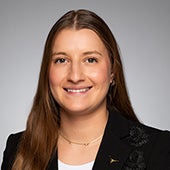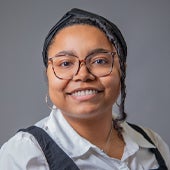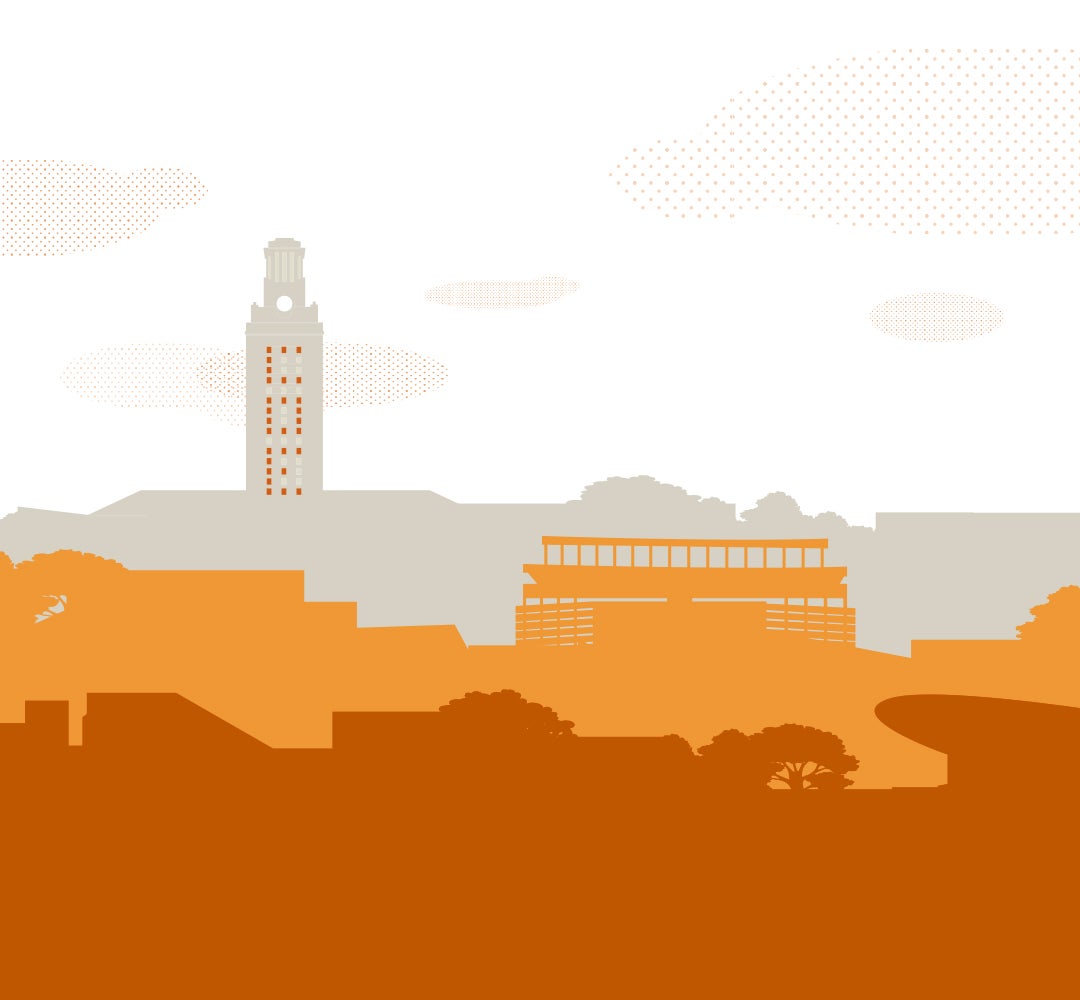Dress for Success
Career Engagement
Sources say that up to 55 percent of another person’s perception of you is based on how you look, so make the right impression at your interview. Although dressing and grooming appropriately may not get you the job, it will give you a competitive edge and help to make a positive first impression.
Throughout the entire job-seeking process employers use short-cuts to save time. With cover letters, it is reading the opening paragraph. With résumés, it is a quick scan of your accomplishments. With the job interview, it’s how you are dressed. Here are some guidelines and tips to help you make a good first impression and set the right tone. We encourage you to check your prospective employer’s dress code, should one be available, and conform to it when you go to interview.
If you are in need of professional attire for interviews, please visit UT Outpost or make an appointment at our new College of Education Career Closet for free gently used business and business casual clothing.
Business Professional (Interview Attire)
Always dress professionally for an interview.
- Suit jacket and pants/skirts should be matching colors; darker colors such as dark gray, black, brown or navy are most acceptable
- Light color shirts/blouses can be worn underneath. Avoid distracting and revealing patterns/designs
- All pieces should be tailored to fit your individual body frame appropriately
- Avoid wrinkled, untucked, stained, or linty clothing
- Wear full-length pants that rest at the top of the shoe when standing
- Skirts should be at or slightly above the knee
- Keep colors and designs conservative
- For the proper length, the tip of the tie should meet the top of your belt buckle
- Learn how to tie a Windsor knot.
- Preferably, shoes should be black or brown with matching belt
- Closed-toe heels or lace-up/slide in dress shoes
- Dress socks should be dark and non-bulky. Extend high enough to avoid showing skin when seated, and should be blue, black, or brown
Business Casual (Work Attire)
Business casual attire is less formal than professional and, unless otherwise stated, is not appropriate for interviews. Many organizations have relaxed internal dress codes and permit business casual attire for daily business operations. However, professional dress is generally preferred for client meetings and other important events.
- Suits are optional
- More flexibility with color and design
- Blazers or cardigans with a blouse or button-down collar shirt
- Avoid revealing fabrics, cleavage, or chest hair
- Flexibility in color and length of pants (no shorts or jeans)
- Skirts and dresses should be knee-length when standing
- Optional
- More color and design options
- More colors to choose from and matching pieces are not required
- Variety of shoes are appropriate (flats, boots, sandals, etc.) but no open-toed footwear or athletic shoes
Other Considerations
- Well-groomed hairstyles and natural tones/shades for nails
- Minimal use of makeup (It should not be too noticeable)
- Small hoops or studs
- Wristwatch, pearls, or simple gold/silver necklace. Avoid excessive jewelry
- Any Facial/body piercings or tattoos should align with company culture and standards
- Avoid strong odors (perfumes, colognes, smoke, garlic)
- Portfolios and professional totes are great for storing writing utensils, questions for the employers, and extra copies of your résumé
- Dark colors preferred
- Avoid carrying a purse
Sánchez Building
Monday – Friday
8:00 a.m. – 5:00 p.m.

Director
Adria Villarreal

Career Coach
Gloria Peña-Spener

Employer Engagement & Alumni Relations Coordinator
Katherine Schwarting

Career Coach
Rebecca Valdez

